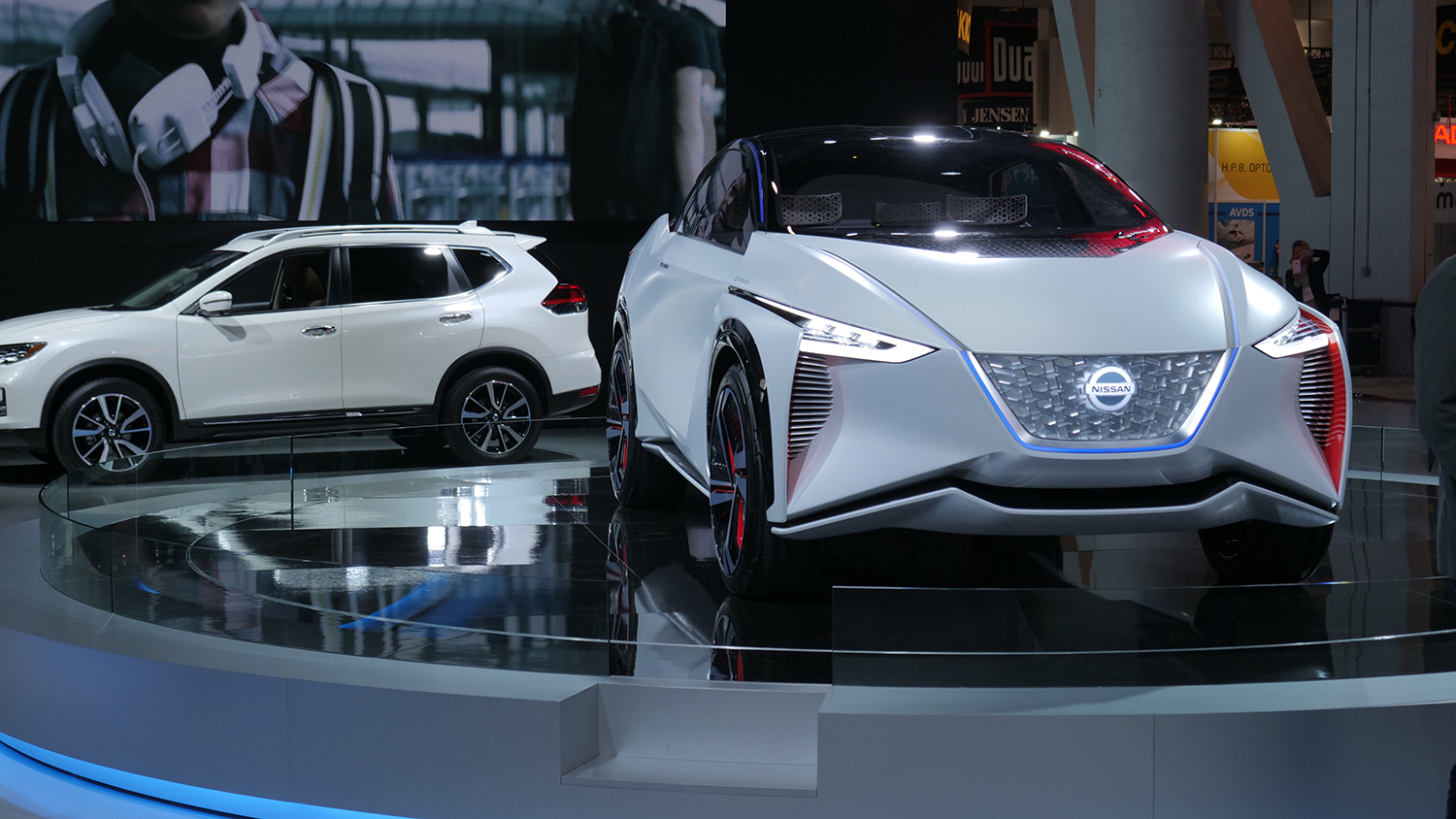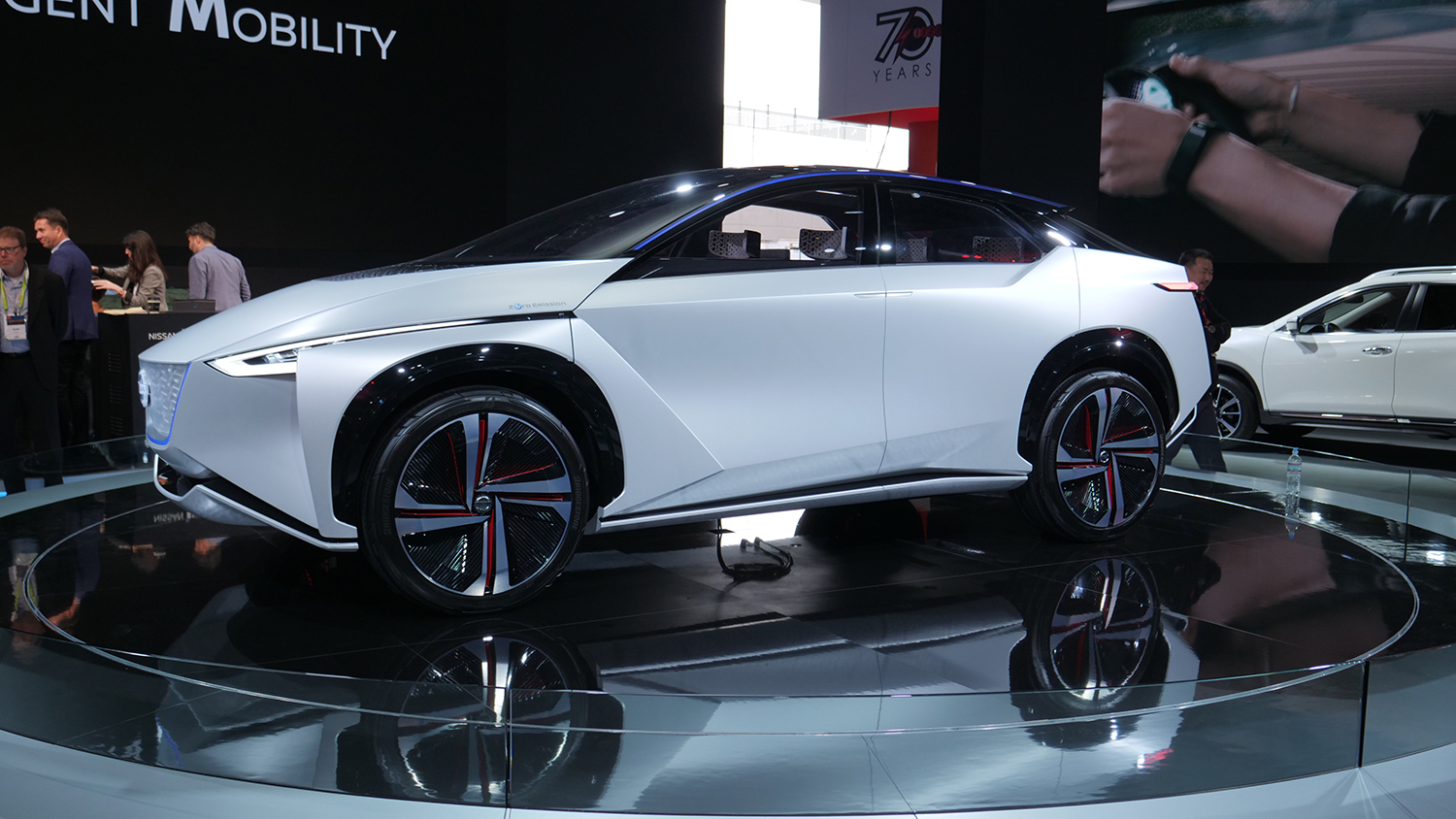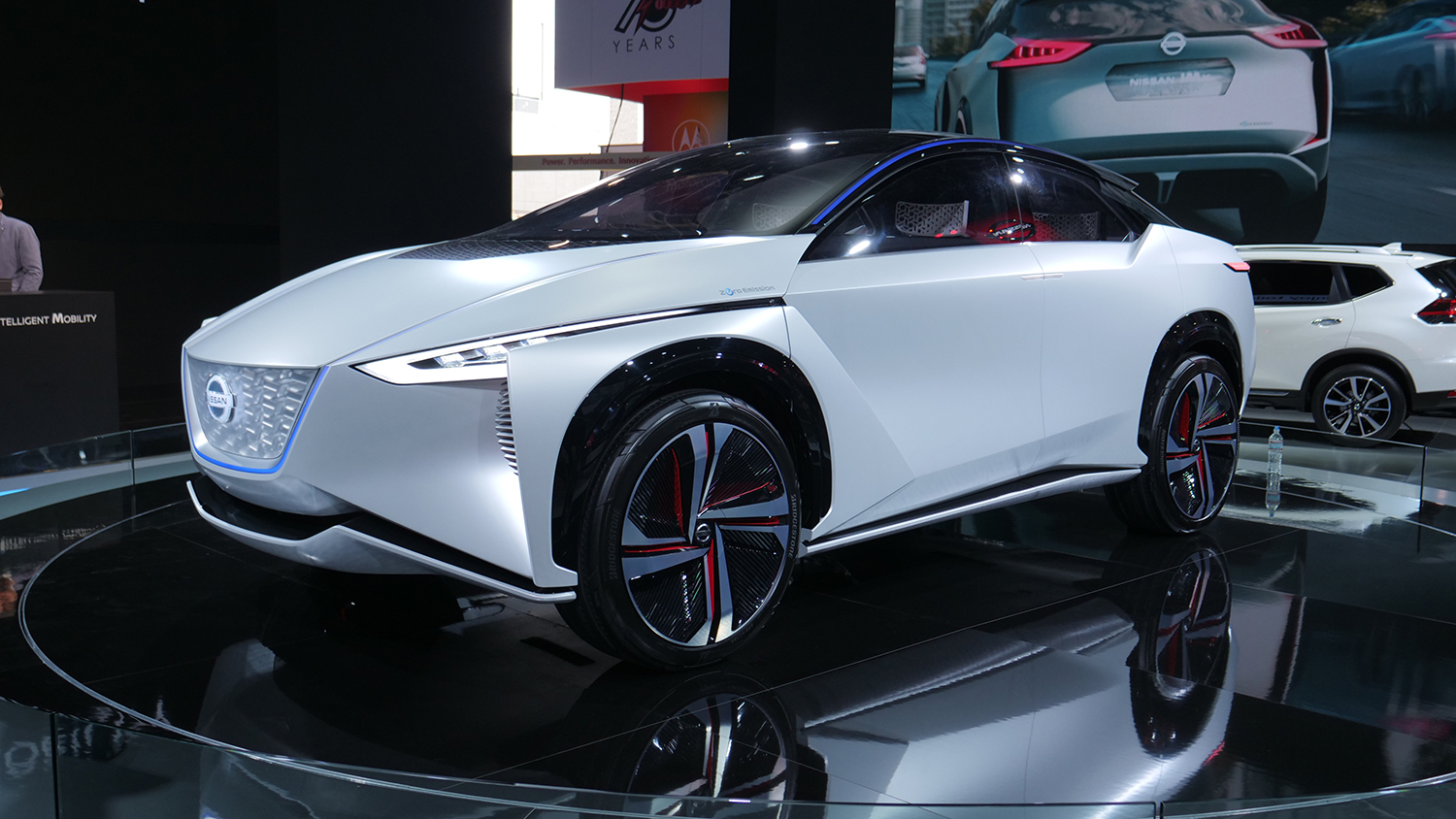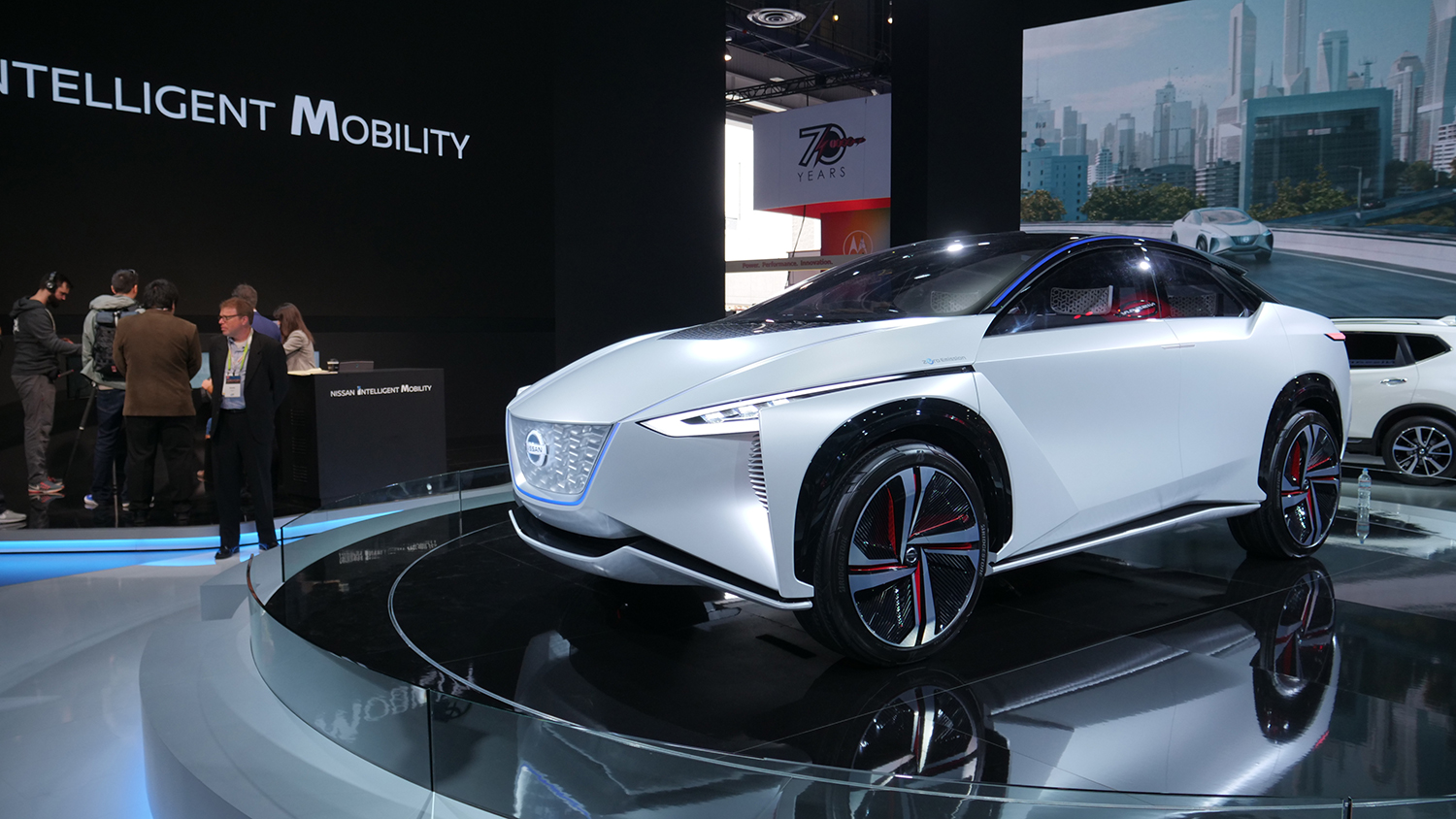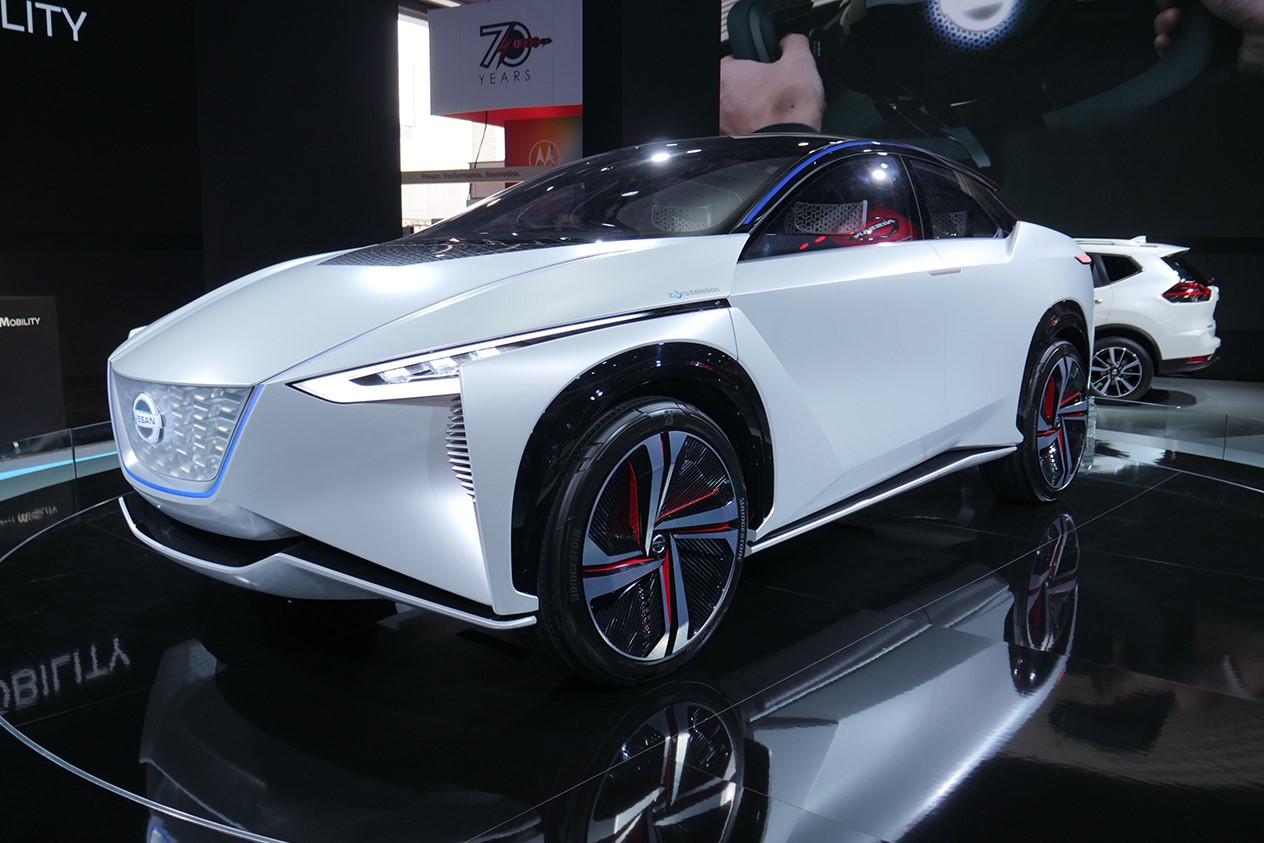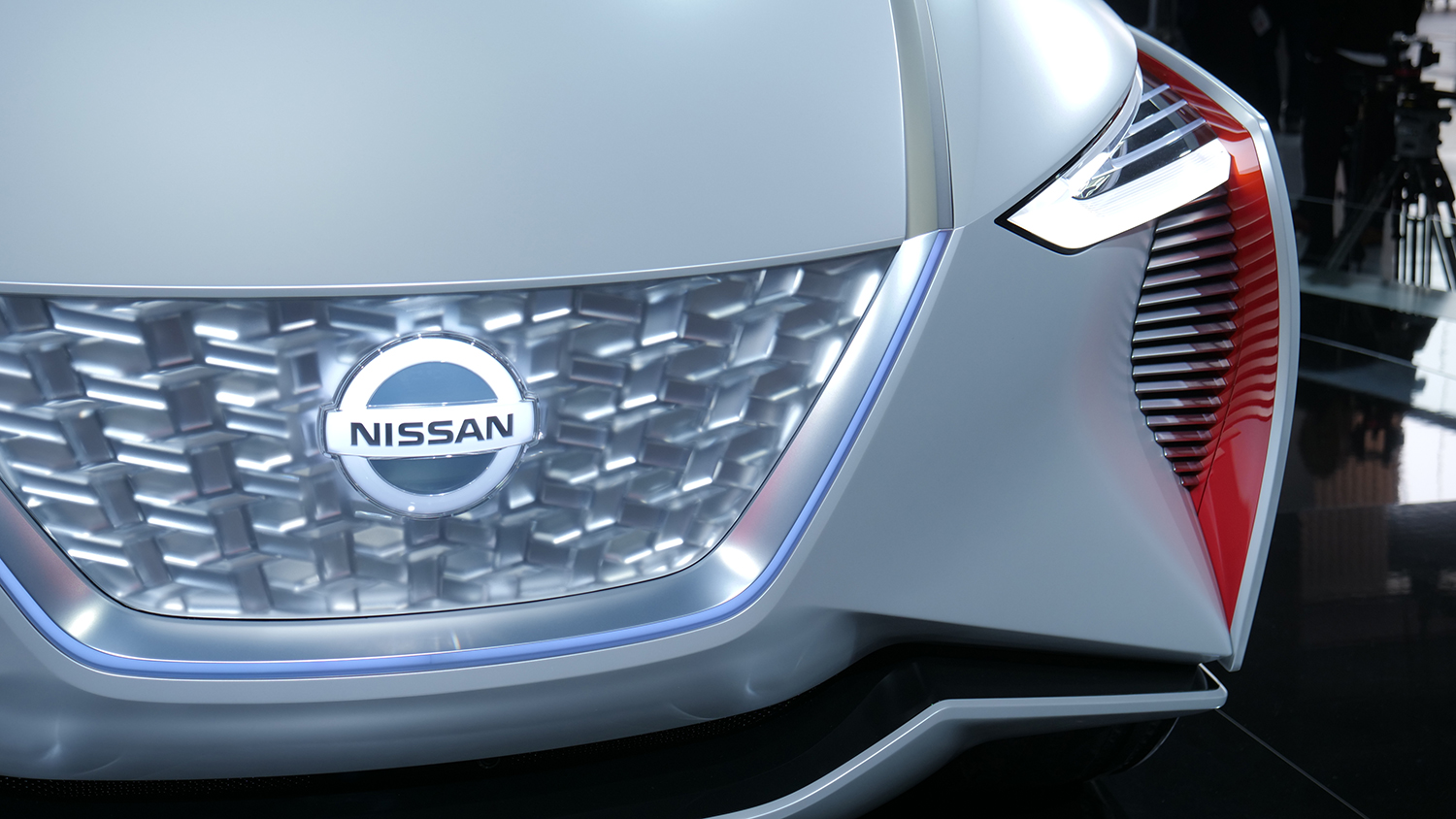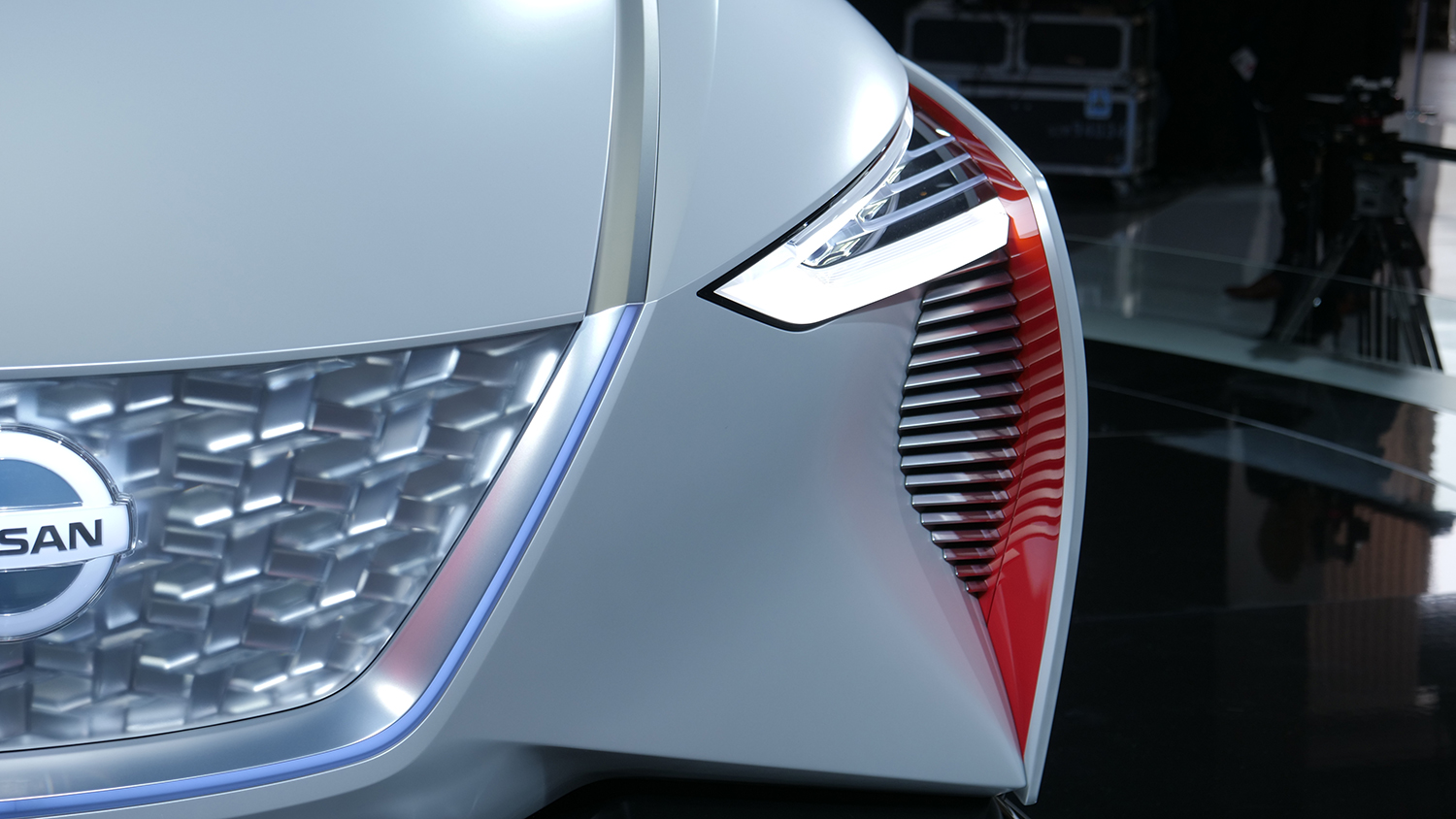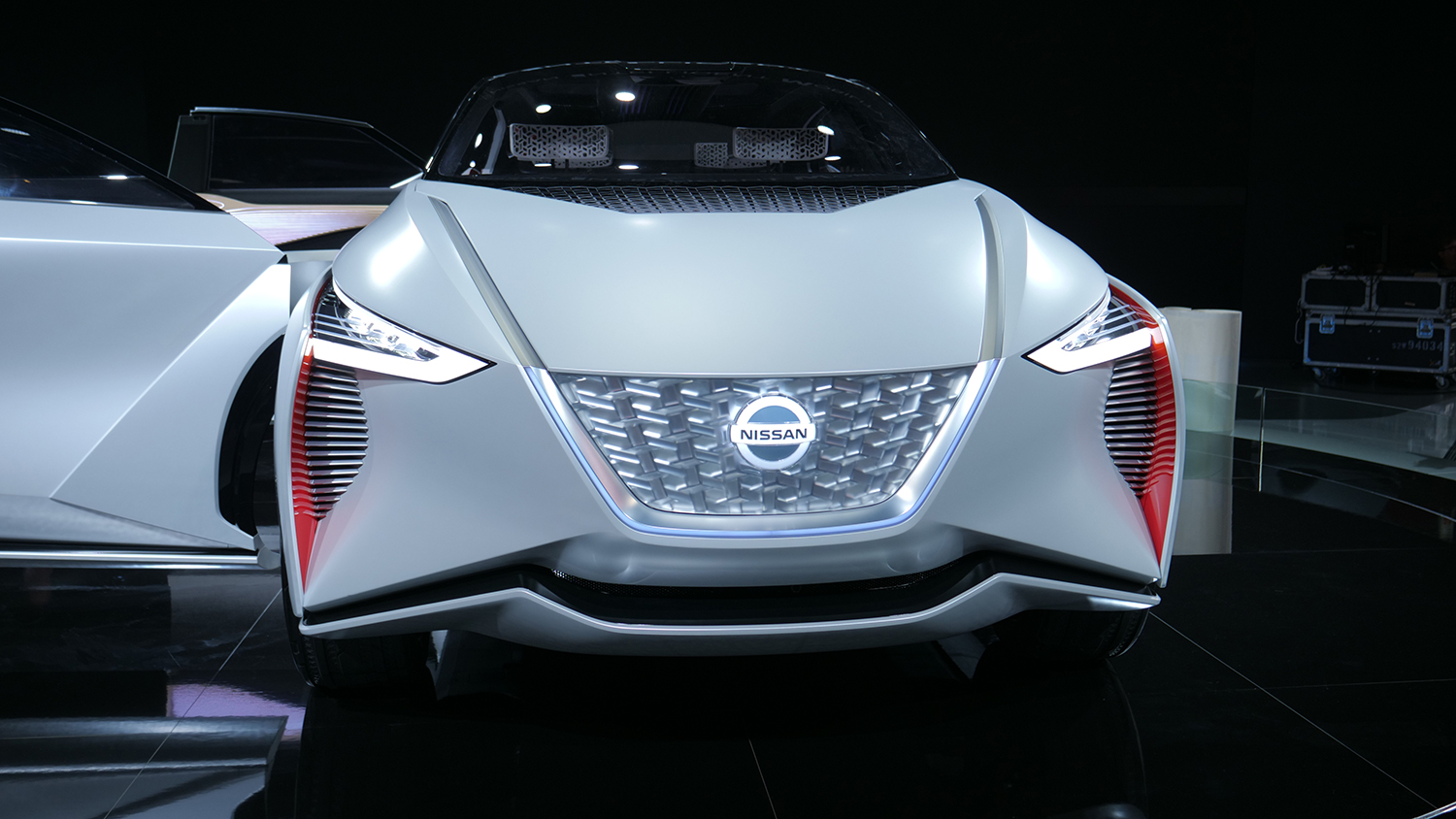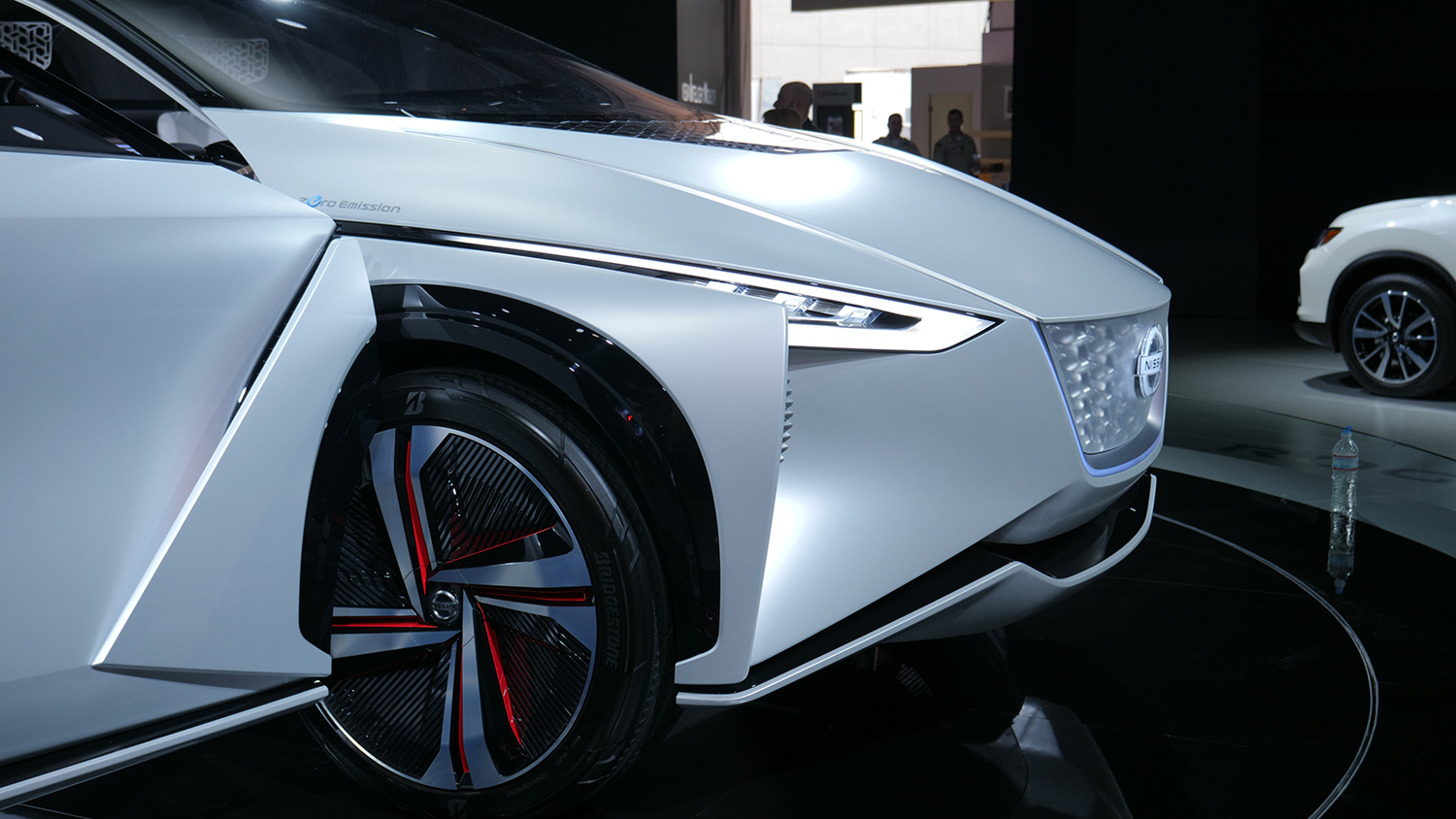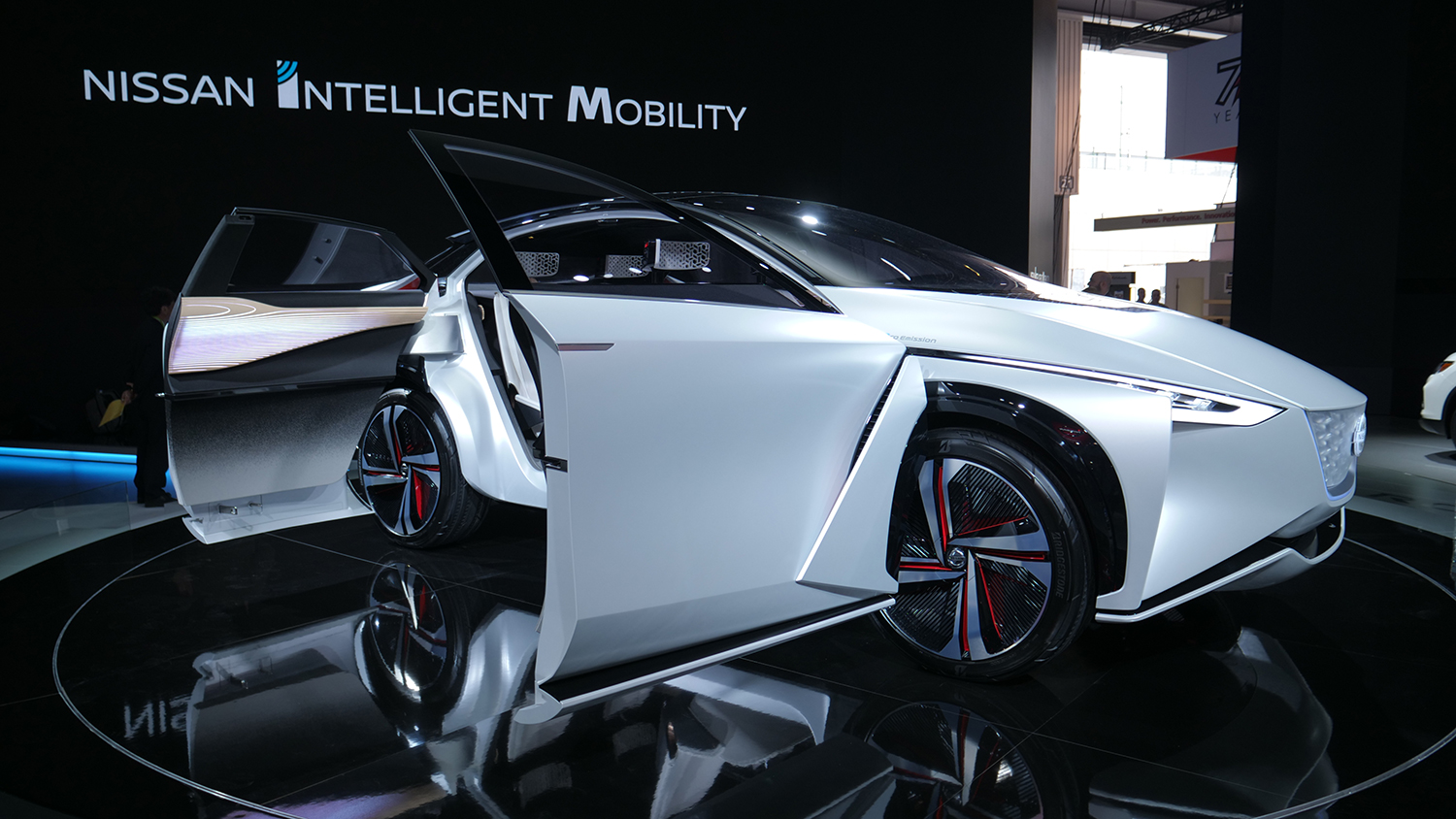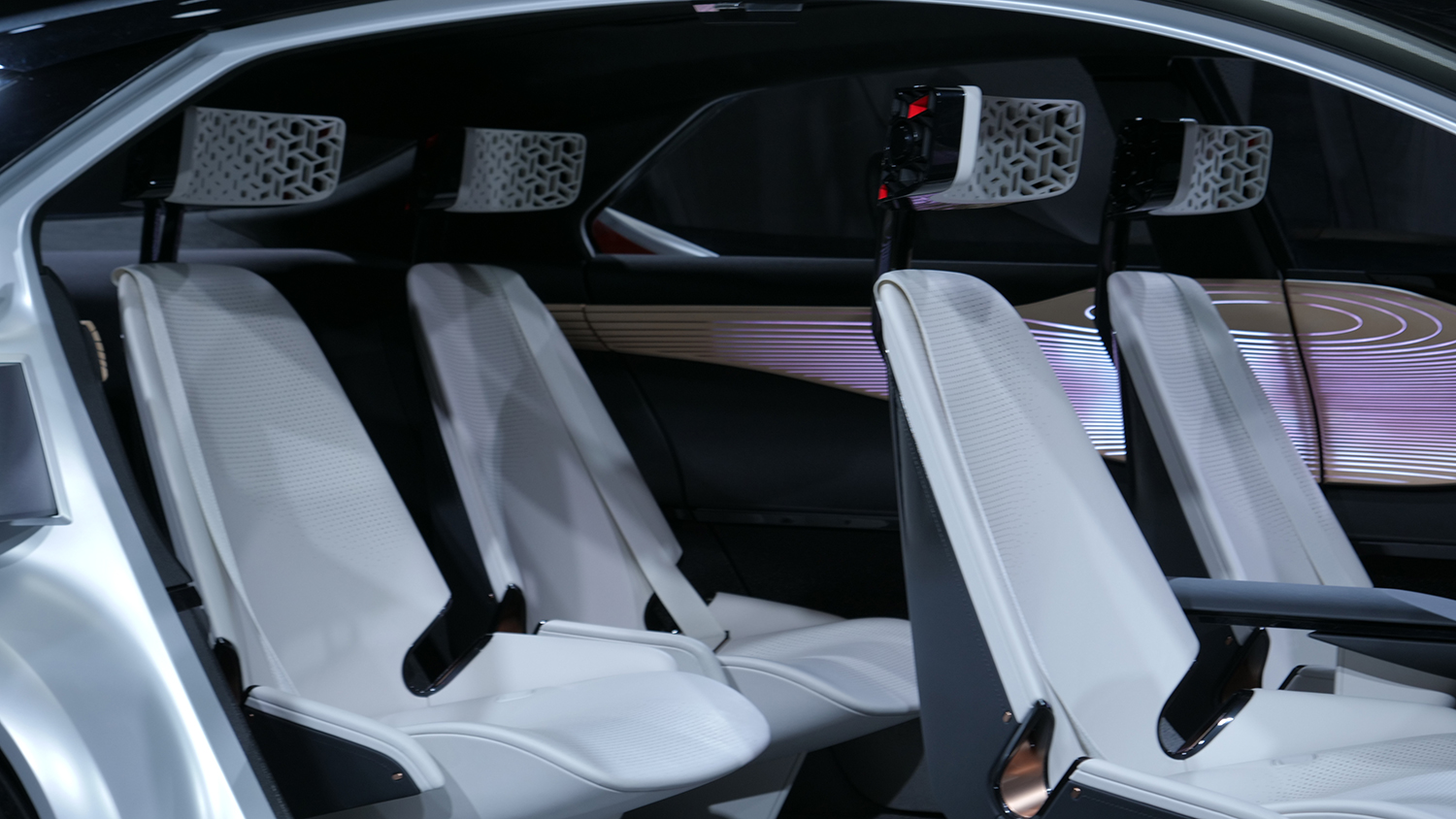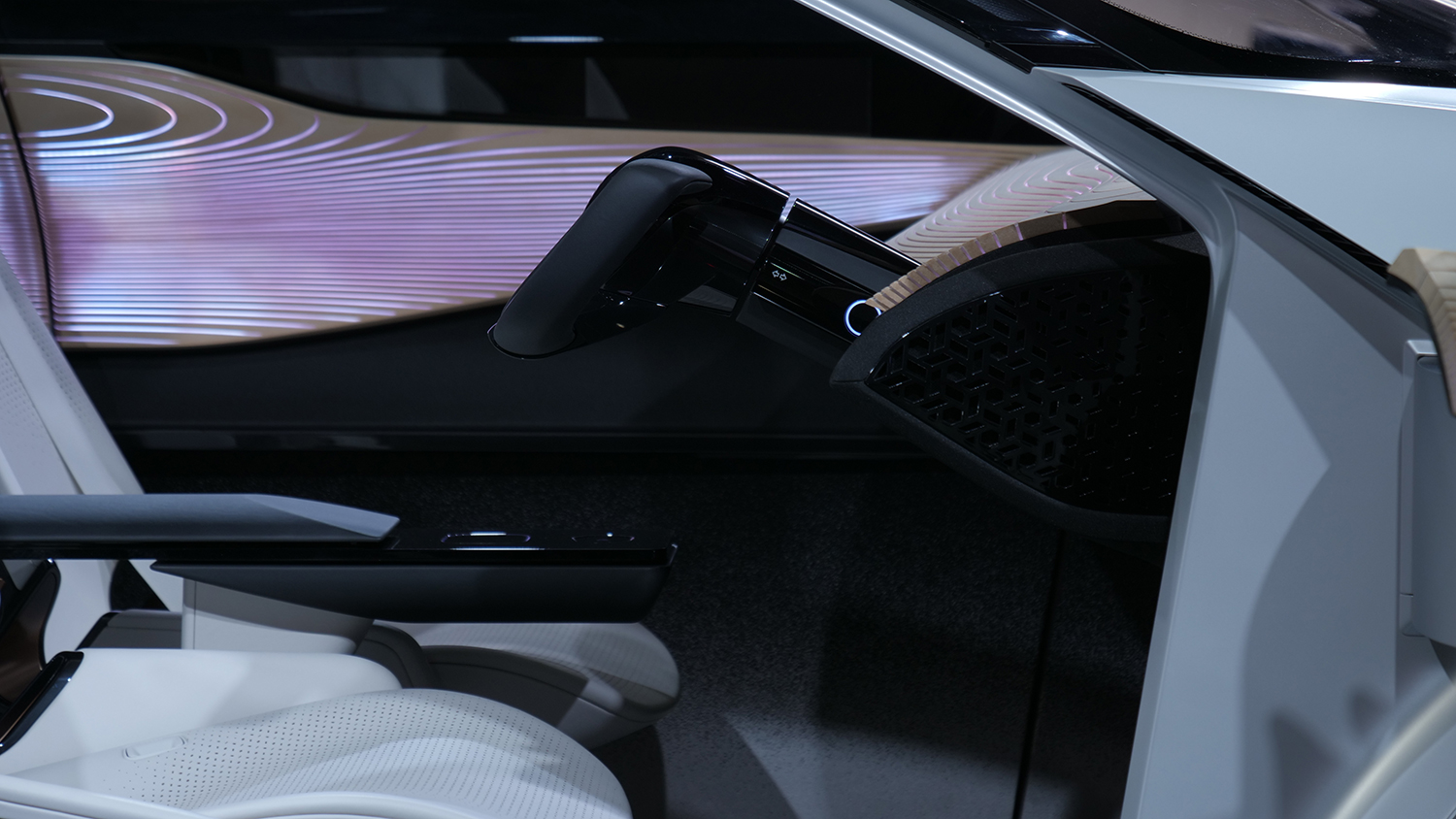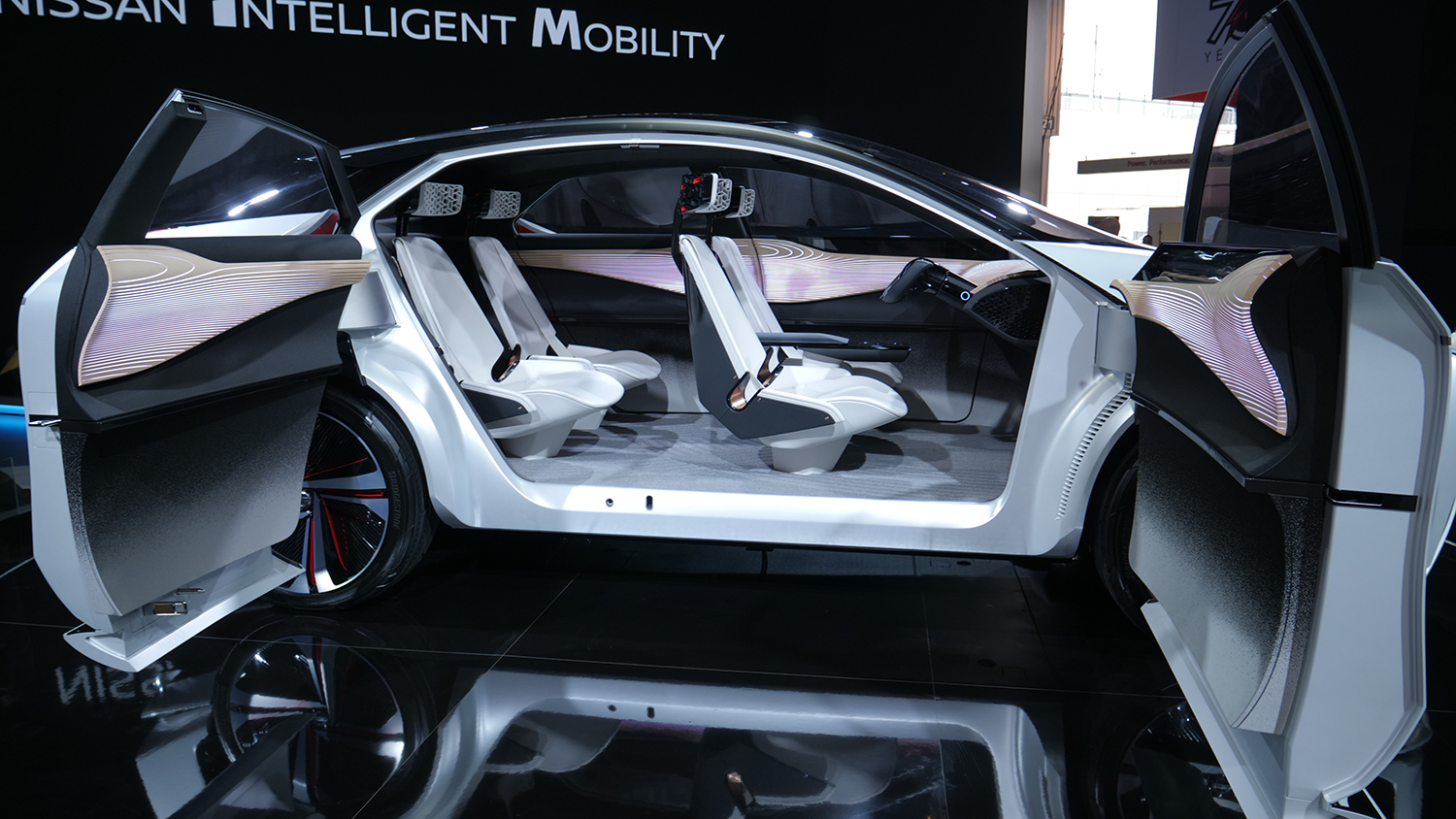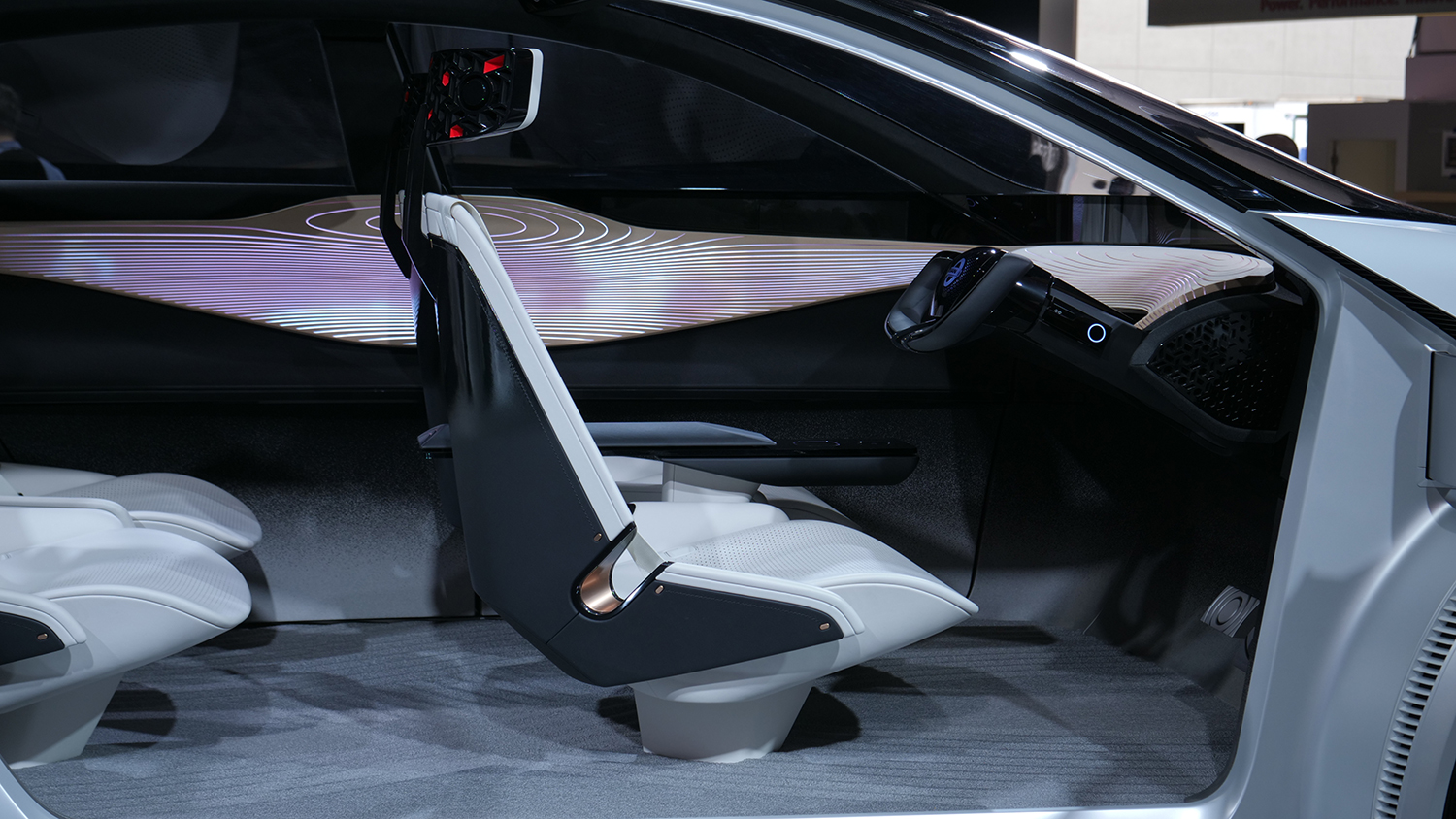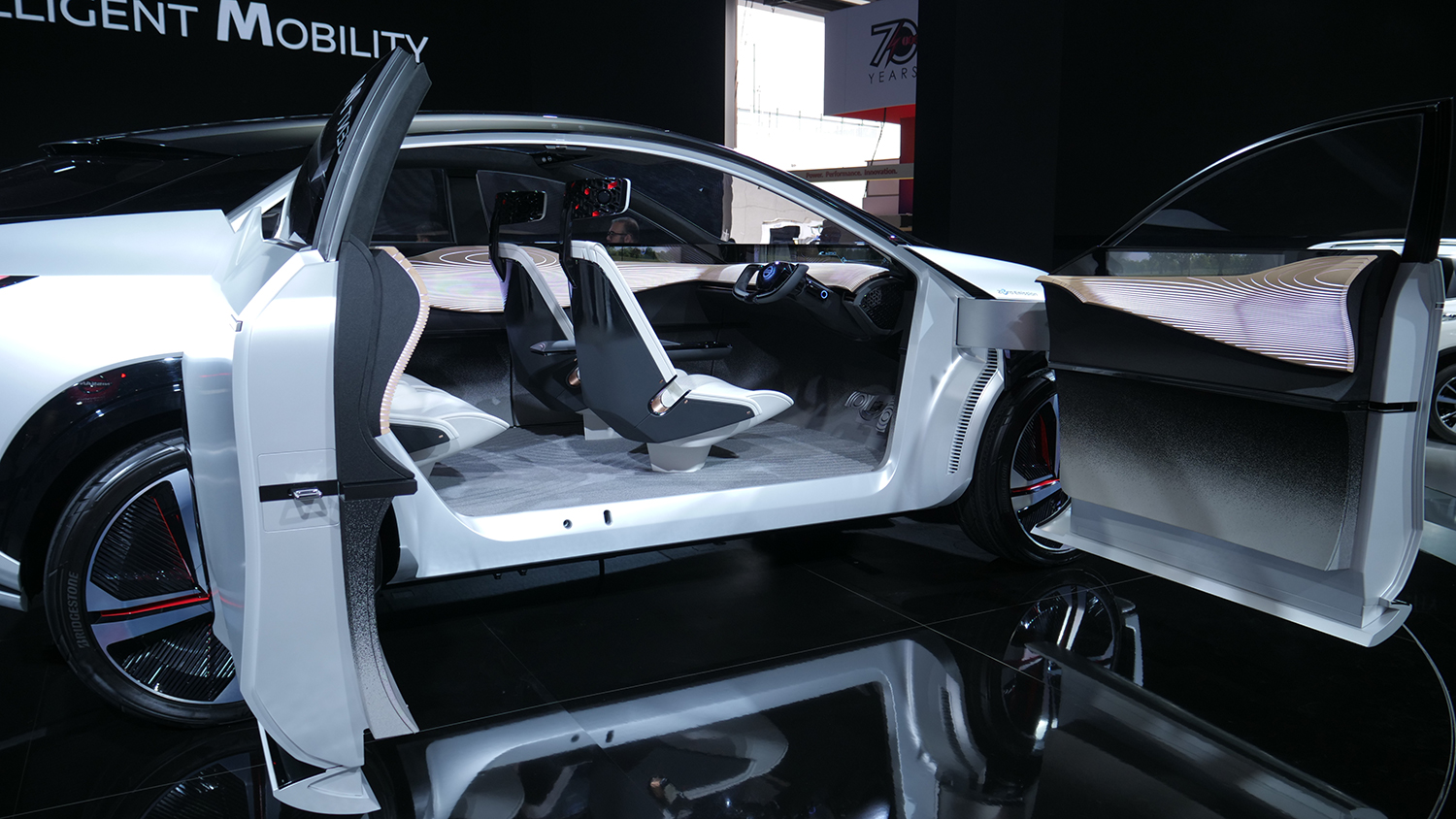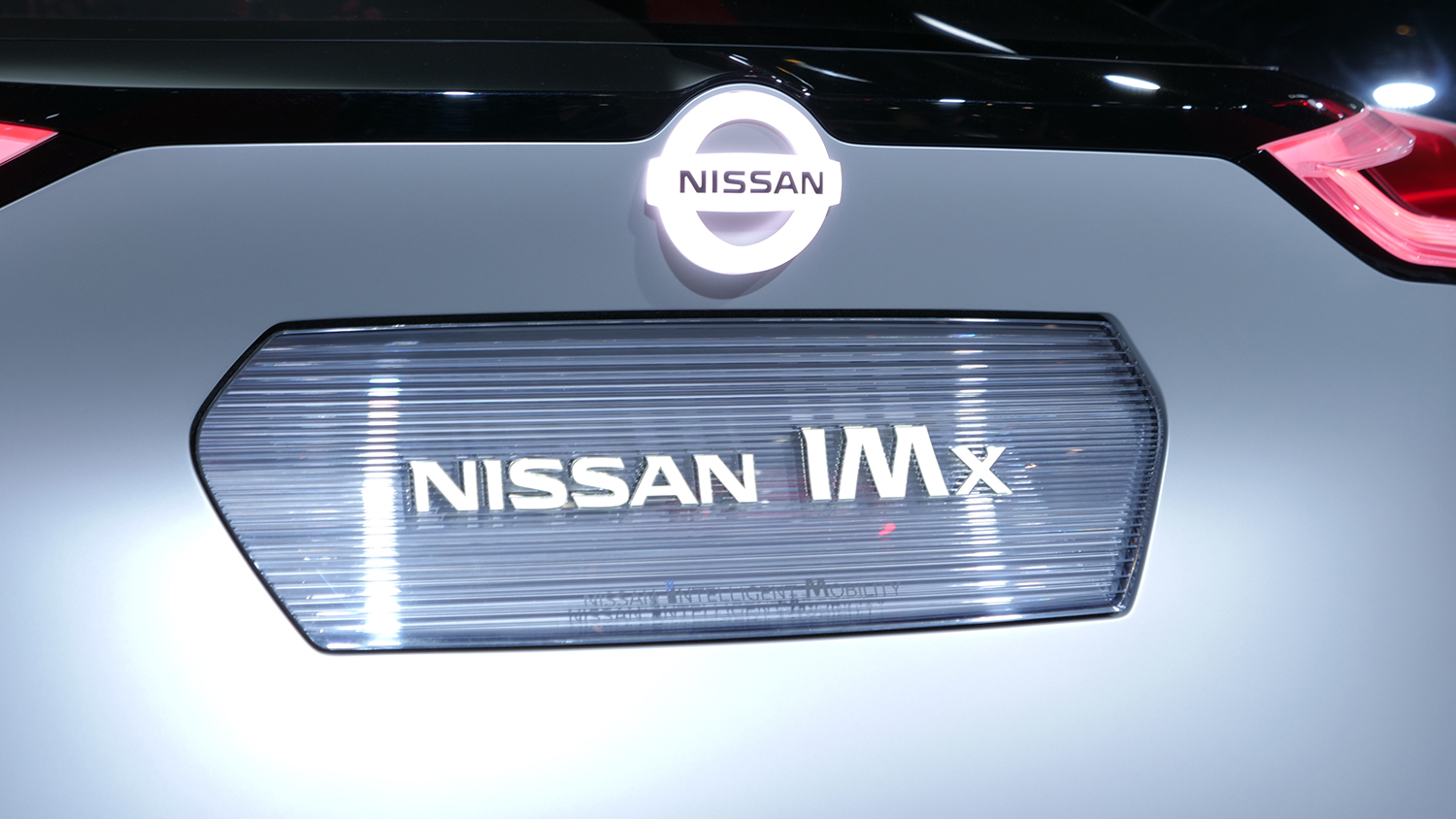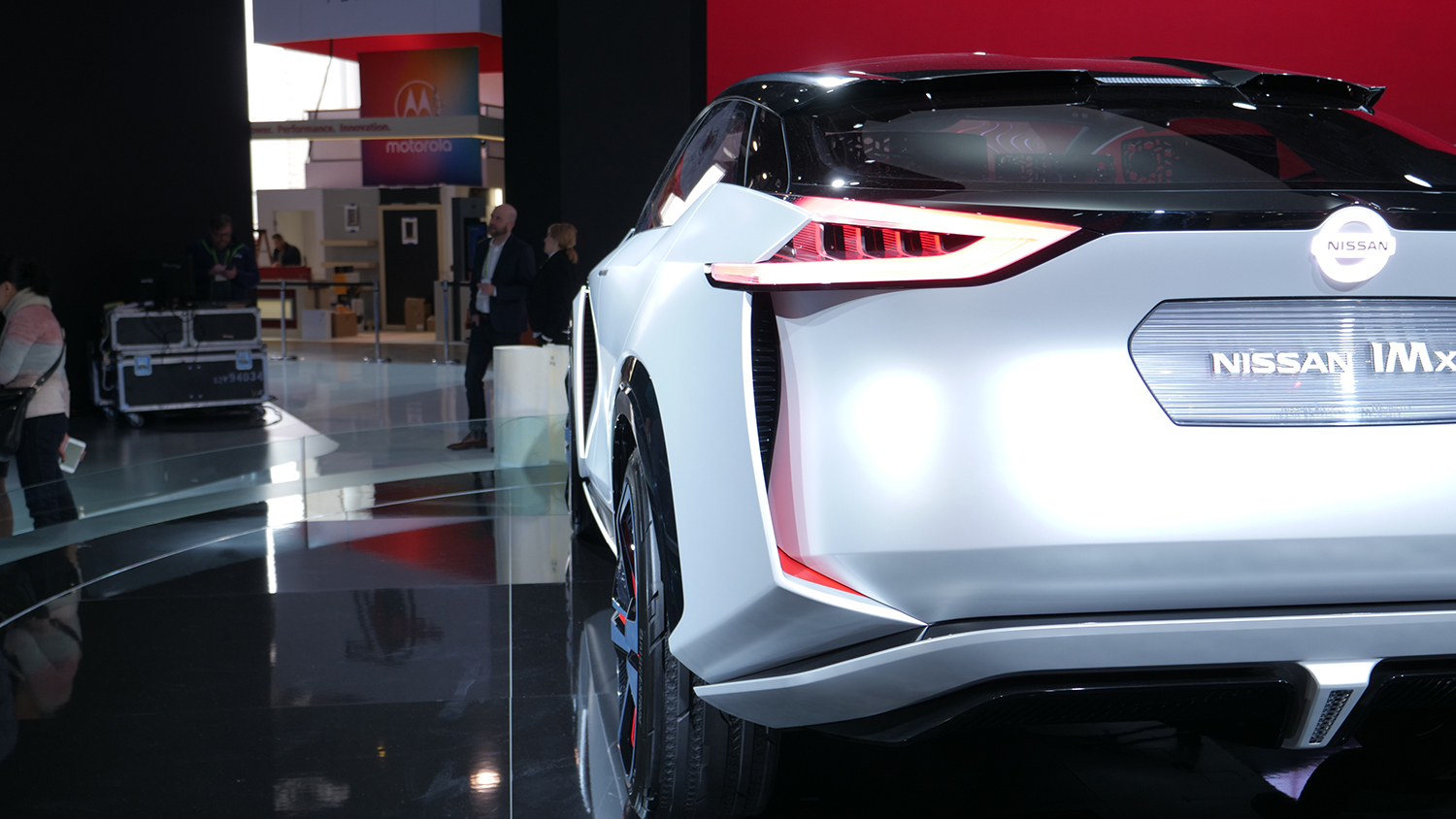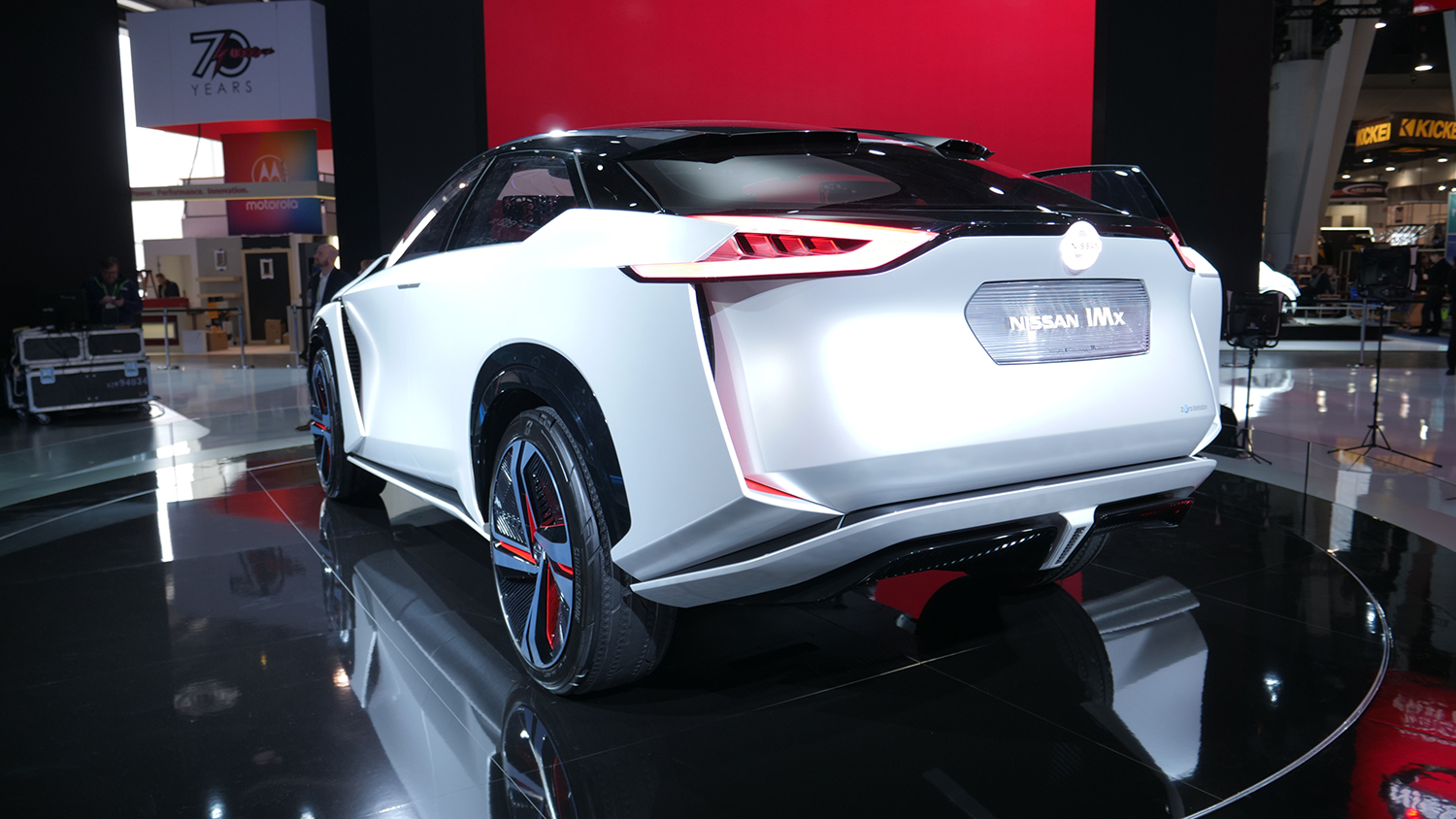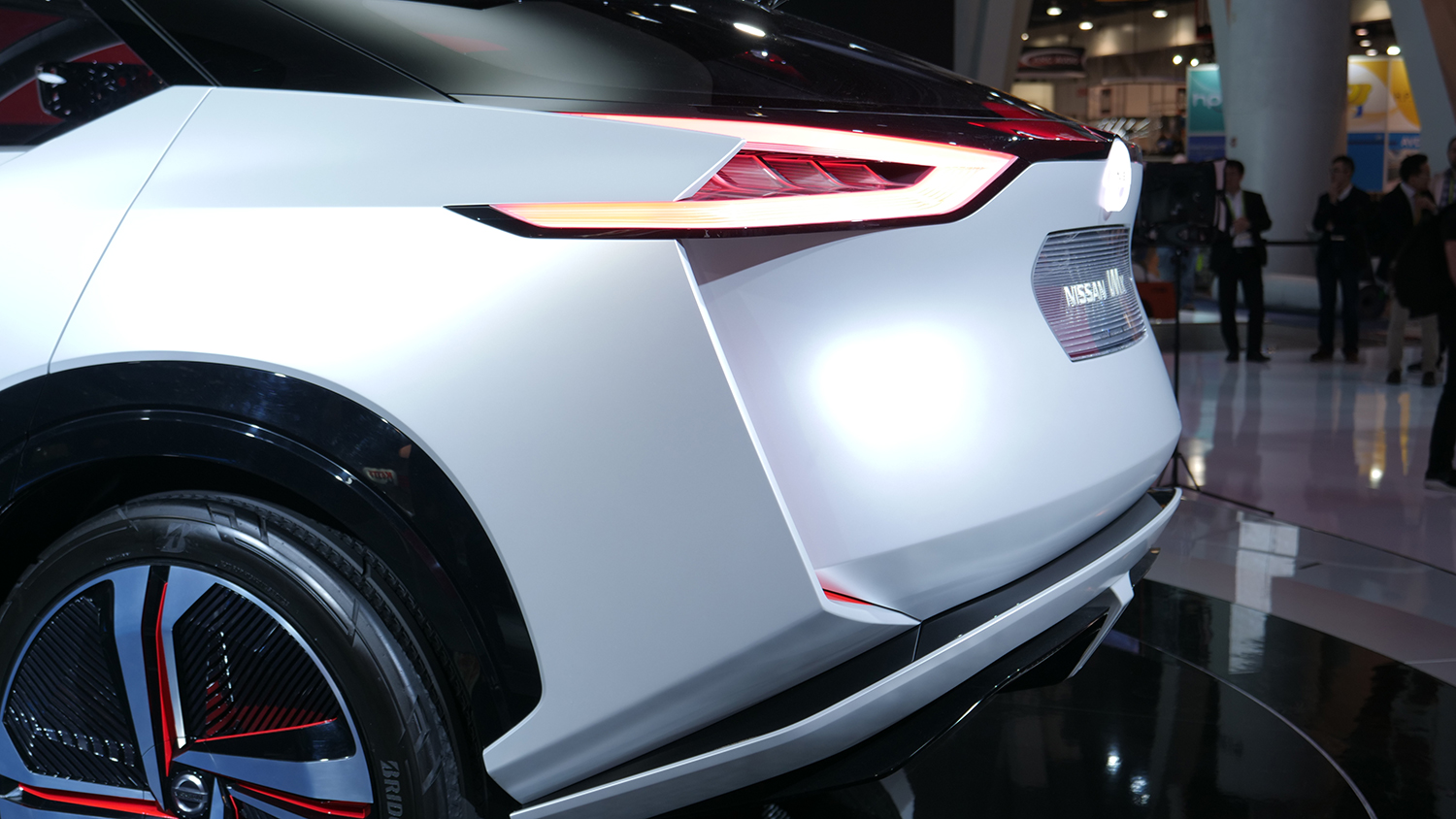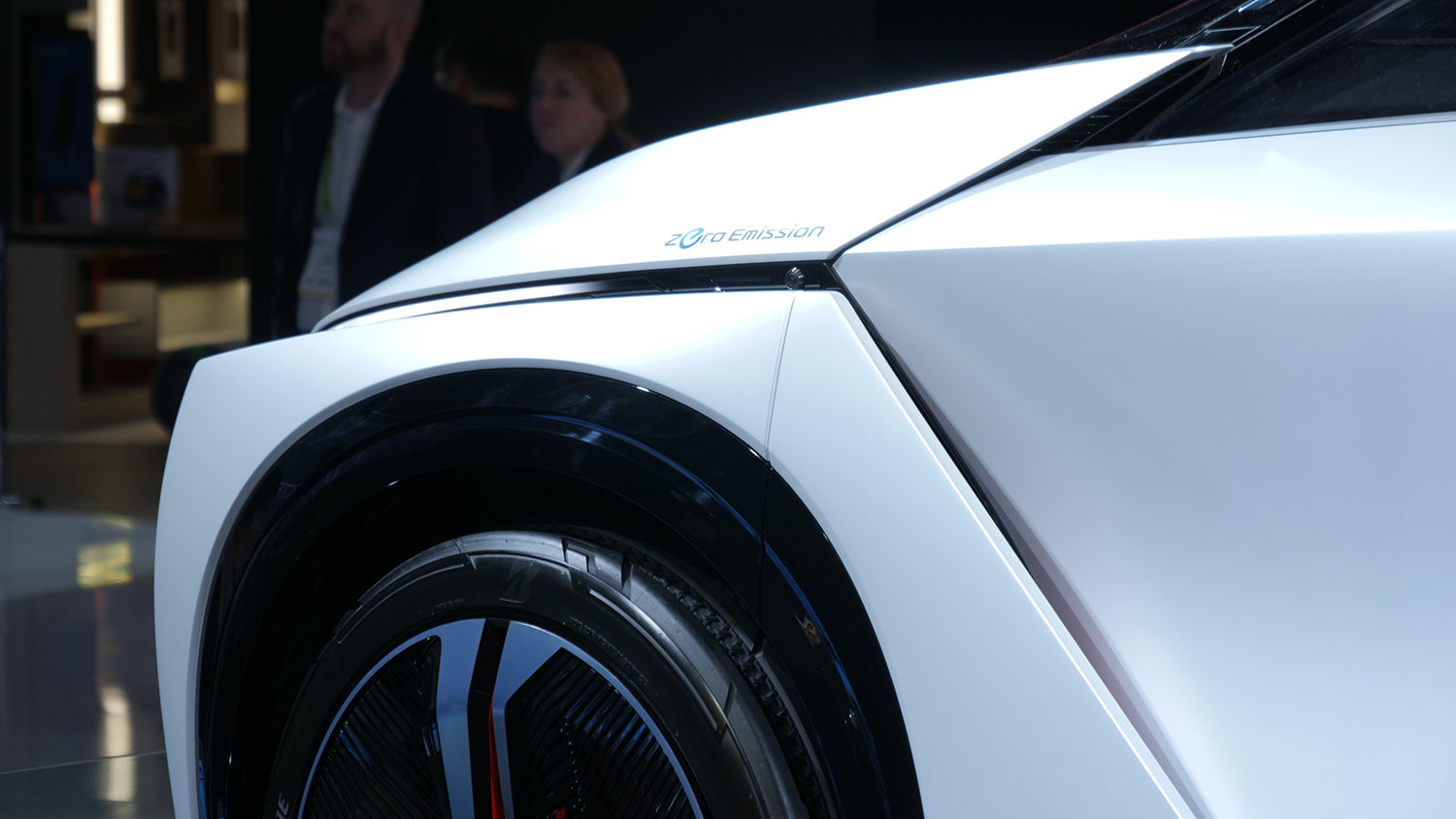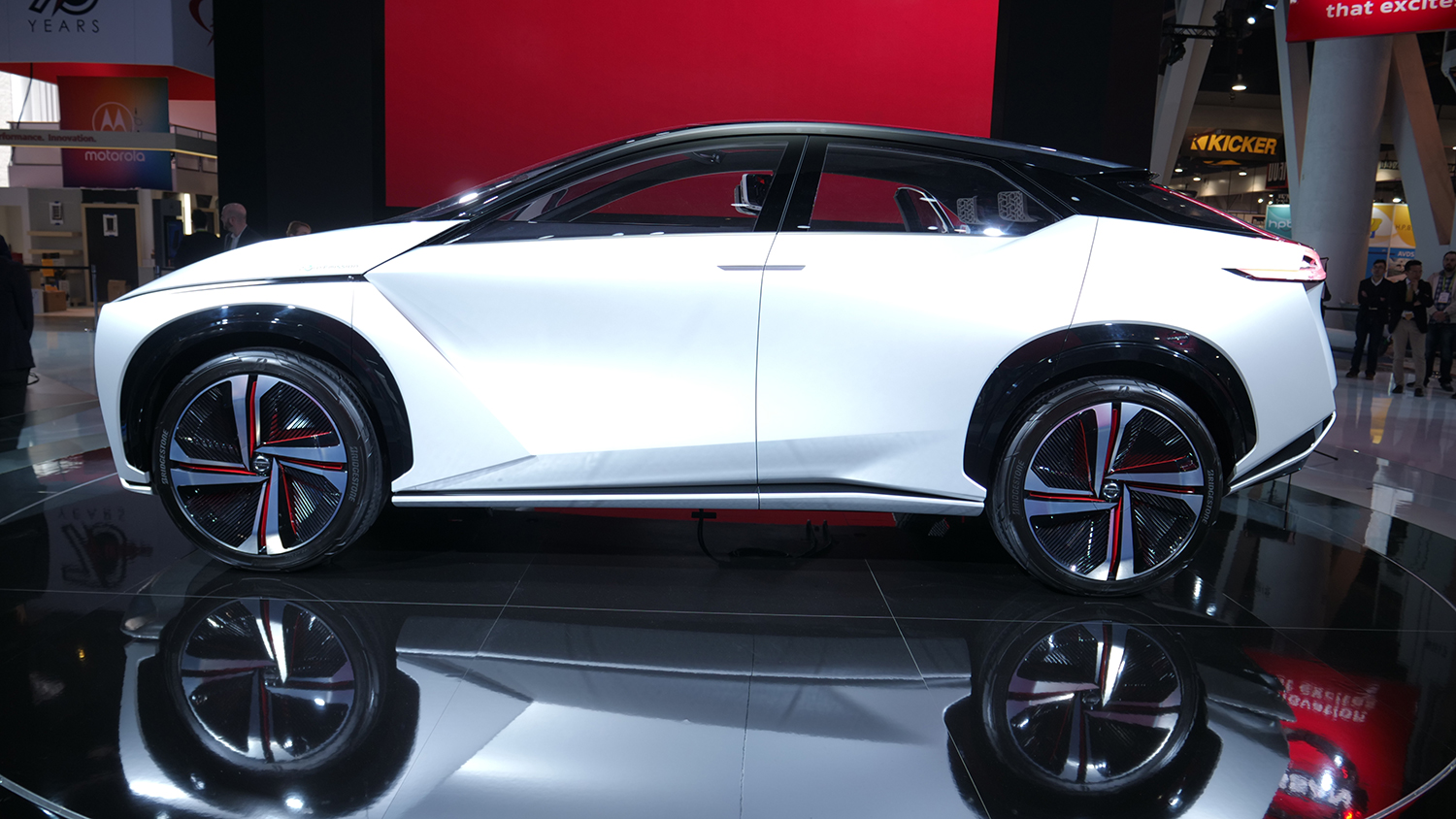Generally speaking, it’s usually the case that we’re curious about the inner workings of a car, be it its autonomous capabilities, its burgeoning A.I. complexity, or the efficiency of its electric powertrain. But something we often overlook is how design informs the innovation we see presented. To get a better understanding of this, we spoke to Nissan SVP of design Alfonso Albaisa, who gave us a tour of the Nissan IMx Concept at CES 2018. And now, we’ve learned that the IMx is more than a concept — Nissan Design Europe boss Mamoru Aoki told Autocar that the vehicle will appear in production “in a few years.”
At Nissan’s design center in London, the executive said of the IMx, “The interior is notably bigger than with a conventional vehicle and there’s much more usable space, thanks to the totally flat floor allowed by the [underfloor] battery pack. The dashboard is also pushed right back [towards the windscreen] because the HVAC [heating, ventilation and air-con] unit is under the bonnet.”
The exterior of the car is quite innovative too — rather, as Aoki describes, “It has a light feel and sheer surfaces. The exterior is very Japanese in its details – expressive but with purity and an expensive feeling.”
The IMx, which debuted at the Tokyo motor show at the end of last year, made its U.S. debut at this year’s CES. It’s Nissan’s attempt at making EVs more “rugged” and moving away from the non-threatening association typically assigned to electric cars. The concept was made to showcase a certain synergy between the exterior and interior, with a wraparound display near the front showing everything that surrounds the car. Furthermore, headrest-mounted speakers make sure that music isn’t the only thing you hear. These will augment your senses to provide more situational awareness than just random chimes, tones, and dings. Many of the outward-facing cameras are also used to mirror what’s on the other side of the door along the inside of the trim. This is so that occupants of the IMx know of something small that may be around the car, like a child or dog at a crosswalk.
Powered by two electric motors, the IMx has a power output equivalent to 430 horsepower and 526 pound-feet of torque. Nissan says that the concept, if put to actual use, would be able to make a 373-mile journey on a single charge.
Nissan’s ProPilot driving assist system is the latest trick the automaker has up its sleeve when it comes to autonomous driving, but the IMx is an idea of where that tech is going. Meant to be a representation of how a self driving car would operate in practical situations, the IMx tucks its steering wheel and pedals away when it takes over for the driver. Lights along the roofline illuminate to alert other drivers that the car is indeed driving itself, just to give them that level of info. In the meantime, the driver’s seat reclines, allowing whoever was behind the wheel to rest, now that said wheel has been put away.
Updated on March 18: The IMx could go into production in a few years.
